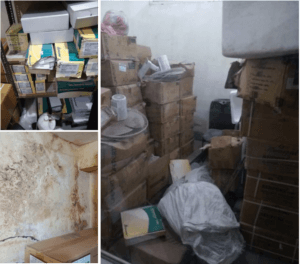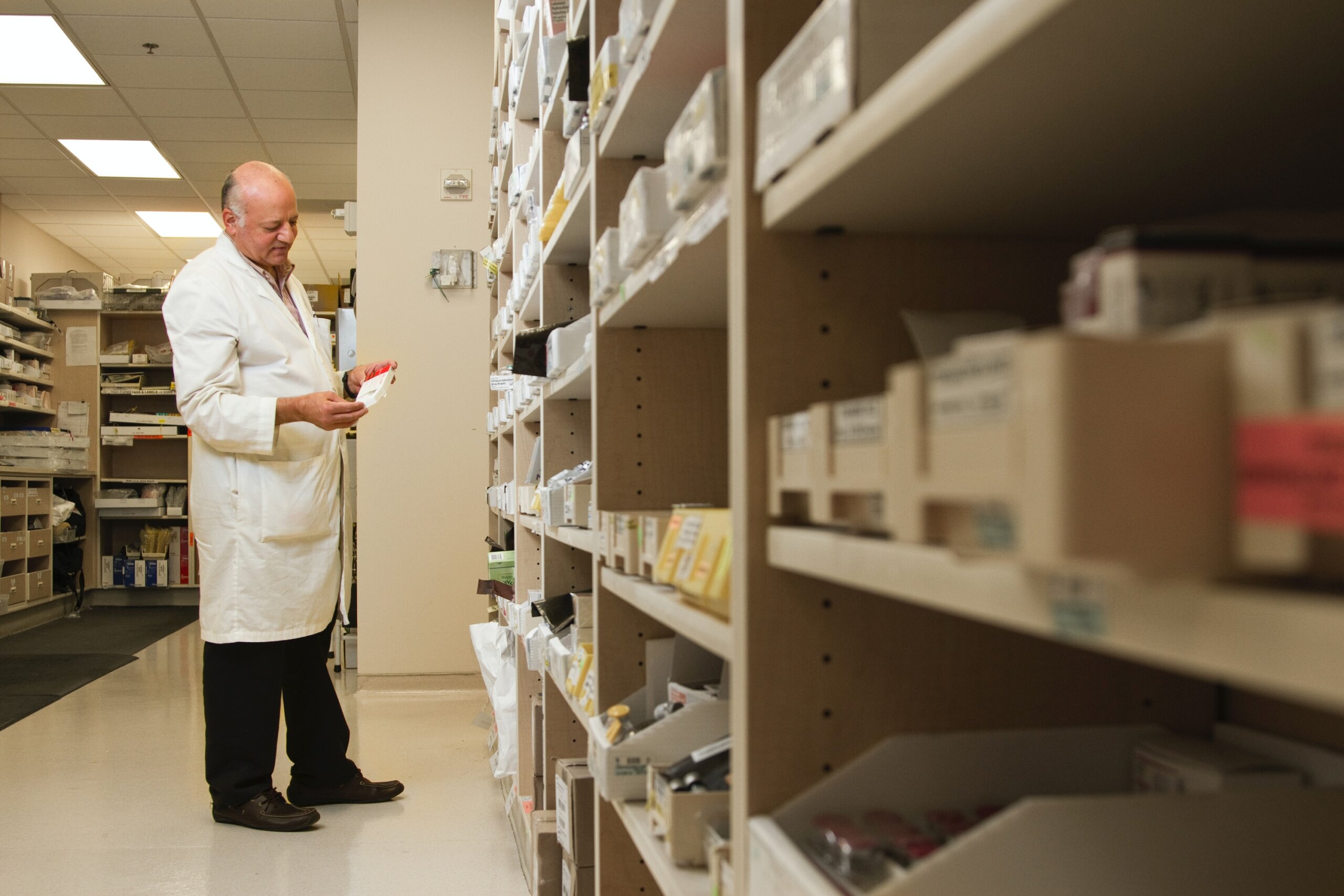Good Distribution Practices (GDP) in Pharma: Ensuring Trust and Confidence
The purpose of Good Distribution Practices (GDP) in pharma is to ensure that the quality of pharmaceutical products and the integrity of the distribution chain are maintained throughout the distribution process from the site of the manufacturer to the entity responsible for dispensing or providing the product to the patient. Failure to adhere to good distribution practices can result in various risks. Improper storage conditions, inadequate temperature control, mishandling of products, or failure to maintain proper documentation can compromise the quality and safety of pharmaceuticals. Apart from these risks, the spurious or fake products can enter the market risking the lives of people, if the integrity of the chain is not maintained. it is not uncommon for the companies, including the big names, being penalized for various violations that happen knowingly or unknowingly.
What are Good Distribution Practices?
The concept of Good Distribution Practice (GDP) revolves around establishing essential standards that a manufacturer, distributors & retailer must adhere to, guaranteeing the preservation of medicine quality and integrity throughout the supply chain. Compliance with GDP ensures the following:
- Authorization in accordance with legislation for all medicines present in the supply chain.
- Appropriate storage conditions maintained consistently, including during transportation.
- Prevention of contamination by other products and avoidance of contamination of other products.
- Regular turnover of stored medicines to ensure freshness and efficacy.
- Timely and accurate delivery of the correct products to the designated recipients.
Additionally, it requires implementation of a robust tracing system capable of identifying faulty products swiftly, along with an effective recall procedure. It is important to note that GDP also extends its reach to encompass the sourcing, storage, and transportation of active pharmaceutical ingredients and other components utilized in the production of medicines. The principles of GDP are applicable both to pharmaceutical products moving forward in the distribution chain and moving backwards in the chain, for, as a result of the return or recall thereof and shall be applicable for donated pharmaceutical products.
Key Components of Good Distribution Practices
GDP guidelines are based on the World Health Organization (WHO) Good Distribution Practices for Pharmaceutical Products. These guidelines are classified under components that cover different aspects including procurement, purchasing, storage, distribution, transportation, documentation and record-keeping practices. These are:
- Quality Management:
- Organization and Management
- Personnel & Training
- Premises, Warehousing & Storage
- Transportation
- Recalls & Returns
- Self-Inspection
- Complaint Handling
- Documentation
- Contracting
You may download a detailed checklist categorized by the above components.
Risks of non-adherence to Good Distribution Practices
Failure to adhere to good distribution practices can result in various risks, which can have widespread consequences, such as,
- Compromised Product Quality: Failure to follow GDP can lead to inadequate storage conditions, improper handling, and contamination, which can result in compromised product quality. This can affect the safety, efficacy, and integrity of pharmaceutical products.
- Regulatory Penalties: Non-compliance with GDP can result in regulatory penalties, such as fines, suspension of licenses, or even legal action. Regulatory bodies enforce GDP to ensure the integrity and safety of the pharmaceutical supply chain.
- Increased Health Risks: Poor distribution practices can lead to the distribution of substandard or counterfeit products, putting patients at risk. These products may not have the intended therapeutic effects or may contain harmful substances.
- Financial Losses: Inefficient distribution practices can result in financial losses due to product damage, spoilage, or expiration. Additionally, non-compliance can lead to delays in product availability and distribution, impacting sales and customer satisfaction.
- Damage to Reputation: Non-compliance with GDP can damage the reputation of pharmaceutical companies, distributors, and stakeholders. Negative publicity, loss of customer trust, and decreased market share can occur as a result.
- Legal Liabilities: If non-compliance leads to harm or adverse effects on patients, legal liabilities may arise. This can result in lawsuits, compensation claims, and reputational damage for the entities involved in the distribution process.
Challenges in GDP Compliance in India
The GDP compliance in the supply chain varies a lot. While the compliance is ensured as long as the products are in the manufacturer’s supply chain e.g. CFAs but it dilutes as the goods move to the wholesalers, distributors and retailers.
It is shocking to see many wholesalers and distributors operating from dingy basements, worn out infrastructure with seepages, no power back-up, poor housekeeping, cobwebs here and there and no hygiene practices followed whatsoever. It is a case of o ut of sight and out of mind. The distributors are normally visited by the sales representatives of the companies with the objective of pushing sales numbers. They hardly use their visit to review the compliance to the GDP. Even at the time of appointing the distributor, the key driving factor is their connections in hospitals and reach in the market at the cost of facilities, infrastructure & practices.
ut of sight and out of mind. The distributors are normally visited by the sales representatives of the companies with the objective of pushing sales numbers. They hardly use their visit to review the compliance to the GDP. Even at the time of appointing the distributor, the key driving factor is their connections in hospitals and reach in the market at the cost of facilities, infrastructure & practices.
Whose reputation stands at risk? It is the brand owner who has the maximum exposure to regulatory actions and loss of reputation. Despite knowing it well, very few companies monitor the GDP compliance in the customer facing value chain.
Need for Periodic Audits of Good Distribution Practices (GDP) in Pharma
Periodic audits of Good Distribution Practices (GDP) are essential to ensure ongoing compliance, identify potential gaps or weaknesses in the distribution processes, and mitigate risks that could compromise the quality and integrity of pharmaceutical products. Here’s an explanation of the need for periodic audits and how they should be conducted:
- Ensuring Compliance: Regular audits help verify that the organization is adhering to GDP guidelines, regulatory requirements, and internal policies. They provide an opportunity to assess if the established procedures and processes are being followed correctly.
- Identifying Non-Compliance: Audits help uncover any non-compliance issues or deviations from GDP standards. This includes identifying areas where corrective actions are required to address non-compliance, reduce risks, and improve overall distribution practices.
- Risk Mitigation: Audits assist in identifying potential risks that could impact the quality, safety, and integrity of pharmaceutical products. By identifying and addressing these risks proactively, organizations can implement measures to mitigate them and prevent incidents or product quality issues.
- Continuous Improvement: Audits contribute to a culture of continuous improvement by evaluating the effectiveness of existing processes and identifying opportunities for optimization. They provide valuable insights and recommendations to enhance distribution practices and increase operational efficiency.
- External Requirements: Periodic audits may be required by regulatory authorities or industry standards to maintain compliance certifications or licenses. Organizations need to demonstrate their commitment to upholding GDP standards through regular audits to meet these external requirements.
By conducting periodic audits of GDP and following these steps, organizations can ensure ongoing compliance, mitigate risks, and continuously improve their distribution practices to maintain the quality and integrity of pharmaceutical products.
Using Technology for Conducting Audits and Tracking Improvements
Conducting periodic audits, though a necessity, is a painful activity because it requires lot of non-value adding work in scheduling audits, informing to stakeholders, compiling reports, sending the corrective actions and then following up on emails. Apart from this there is no visibility of all the data at one place. This translates the whole process to tick in the box activity.
Technology plays a significant role in streamlining audits and enabling continuous improvement management. Digital solutions such as SIMSA audit and improvements management software, facilitate the planning, execution, and tracking of audits. These tools help saving in time, cost and ensure consistency in audit processes, automate data collection, and provide real-time insights into compliance status.
Furthermore, leveraging technology for audits can enhance data accuracy, reduce manual errors, and improve overall efficiency. For instance, the use of electronic data capture systems allows auditors to document findings digitally and generate comprehensive reports with ease. This streamlines the audit process and enables prompt corrective actions to be taken through automated reminders, minimizing any potential disruptions to the distribution chain.
Conclusion
In conclusion, adhering to Good Distribution Practices (GDP) in Pharma is crucial to maintain the quality, safety, and integrity of medicines throughout the supply chain. By implementing GDP, organizations can ensure that medicines are authorized, stored in optimal conditions, and reach the intended recipients in a timely manner. Non-compliance with GDP poses significant risks, including compromised product quality, contamination, and regulatory non-compliance. Therefore, it is essential to establish a robust organizational structure, provide adequate training to personnel, and conduct regular audits to identify and address any non-compliance issues. Periodic audits play a vital role in ensuring ongoing compliance, mitigating risks, and driving continuous improvement in distribution practices. By embracing GDP and incorporating these best practices, organizations can uphold the highest standards in pharmaceutical distribution, safeguard patient health, and contribute to a more reliable and efficient supply chain.
If you wish to know more about effectively implementing GDP in your value chain along with structured monitoring mechanism, please feel free to schedule a discussion on the calendar.


